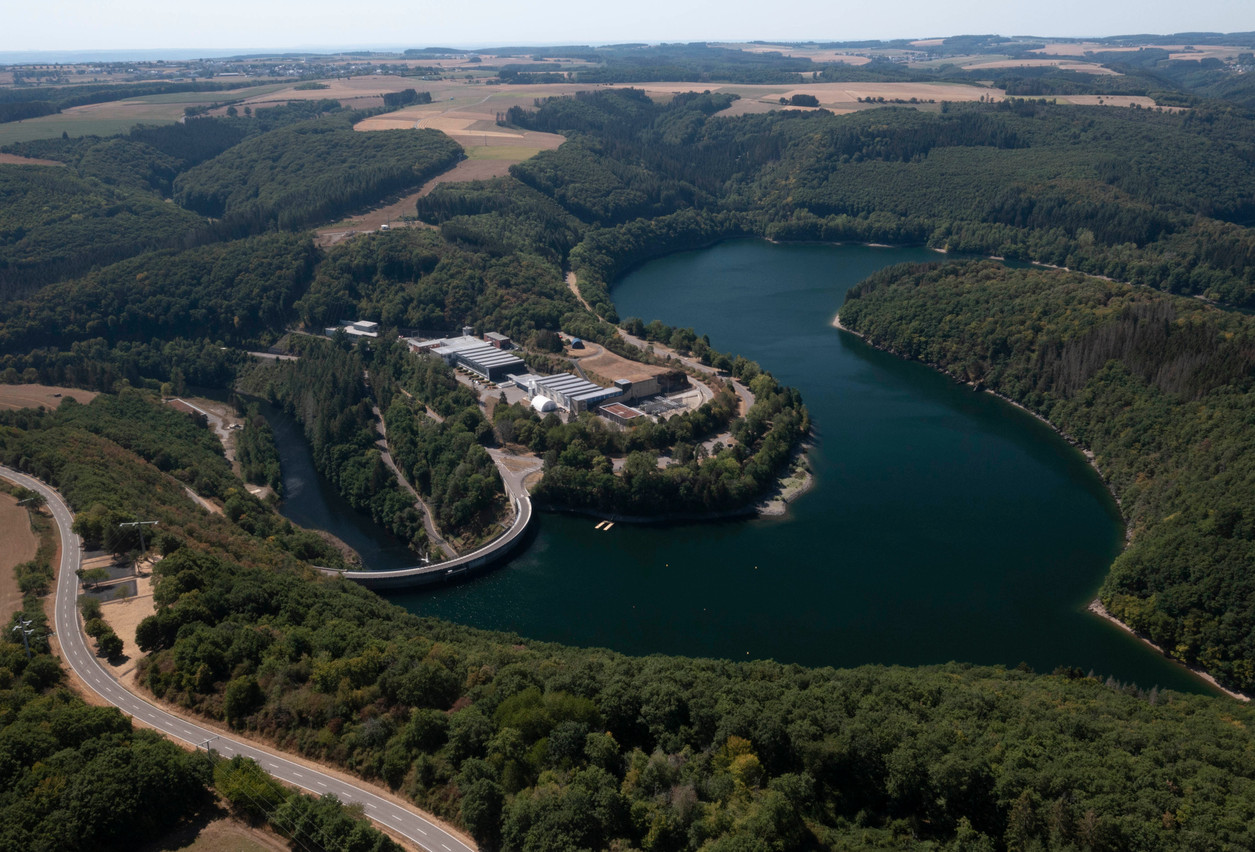Parliament at the end of last year passed a , transposing an EU directive into national legislation. The rules came into effect on 1 January and set stricter quality standards, improve access and tighten risk assessment criteria.
“Control and good management create trust,” said environment minister Joëlle Welfring (déi Gréng) at a press conference on 12 January. “People know they have a good quality of drinking water.”
Luxembourg uses around 120,000m3 of water per day, with households accounting for 60% of that volume. Industry and construction use 22%, agriculture 9% and another 9% are lost, for example because of pipe leaks.
Efforts are underway with businesses to assess how they could use less of the precious resource. And national and local authorities will work together to reduce the amount lost as much as possible. Getting below 5% will be nearly impossible, however, said Jean-Paul Lickes of the water management administration.
Shortages from 2030
Despite efforts to save water, potential shortages are forecast from 2030 onwards, Welfring said, especially during peak hours and in the summer due to the country’s population and economic growth as well as climate change.
The environment ministry in 2019 had announced plans to assess whether there are underground sources that can be used but also, for example, if water from the Moselle could be treated and used as drinking water.
The results of these studies are due to be published in the spring, André Weidenhaupt, a senior civil servant within the ministry told Delano following the press conference. Once discussed with communes and water providers, the information will be made public.
Savings alone won’t be able to quench Luxembourg’s growing thirst, Weidenhaupt said, and any new sources would likely be integrated into the network to meet the 2030 forecast.
Around cannot currently be used because of pollution, the ministry said last year, enough to provide drinking water for 65,000 people. Around 50% of Luxembourg’s drinking water is sourced from underground springs, with the other half coming from the Haute-Sûre lake.
The price of water
The EU directive was born out of the “Right2Water” petition that reached 1.8m signatures across member countries in 2013.
The document also foresees making tap water available in public spaces and in public buildings.
The number of people drinking tap water has doubled in the last 15 years and petitioners in Luxembourg have long called for tap water to become available free of charge in restaurants.
The industry federation Horesca last year launched a and the government has insisted on a voluntary approach. “I think that is the right way,” Welfring said, adding that there will be more awareness-raising and encouragement from the government for businesses to offer tap water for free or at a reduced price.
Water and wastewater management prices, too, are expected to rise in the wake of the current energy prices as costs for providers increase.
Six so-called syndicates provide water for communes in Luxembourg, with a handful of municipalities managing their own supplies. This also means that water prices differ between communes.
Welfring said the discussion about a unified water price is not on the agenda in the short-term. “That doesn’t mean it’s not worth thinking about,” she added.
